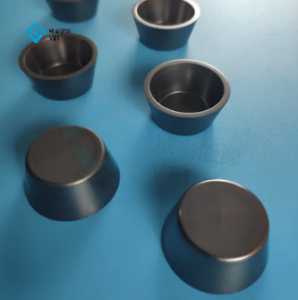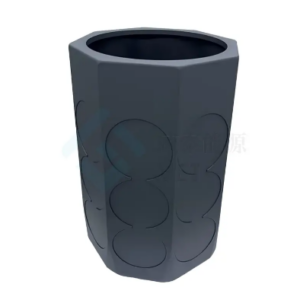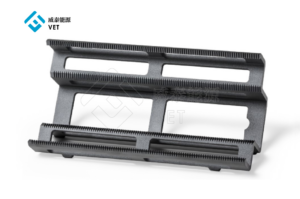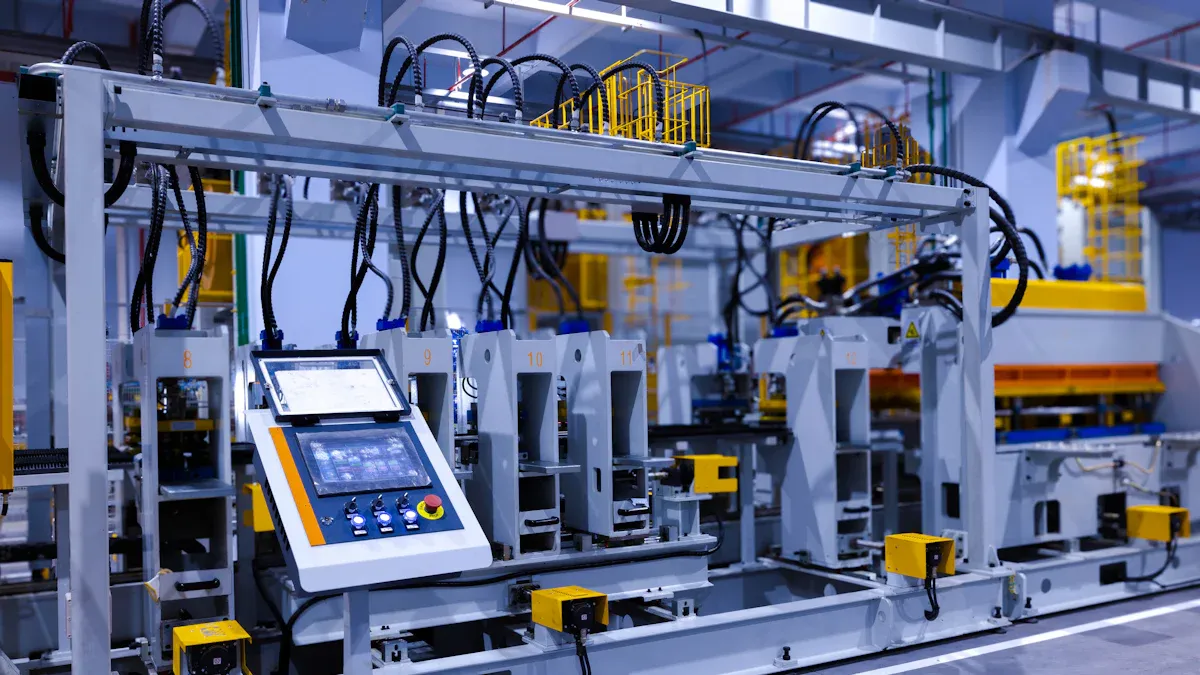
Manufacturers rely on TAC COATING to withstand extreme factory conditions. TAC COATING provides excellent hardness and high-temperature stability. SIC COATING and CVD SIC COATING offer strong protection against wear. CVD TAC COATING enhances performance in demanding environments. These coatings help factories improve product quality and meet strict safety standards.
Key Takeaways
- Advanced techniques like CVD and PVD improve TaC coating quality, making it stronger and suitable for complex parts.
- TaC coatings protect equipment in tough industries like aerospace, electronics, and energy, helping factories save money and reduce maintenance.
- Using TaC coatings supports environmental safety and cost efficiency, while ongoing research and partnerships drive better and greener solutions.
Technological Drivers of TaC Coating Evolution
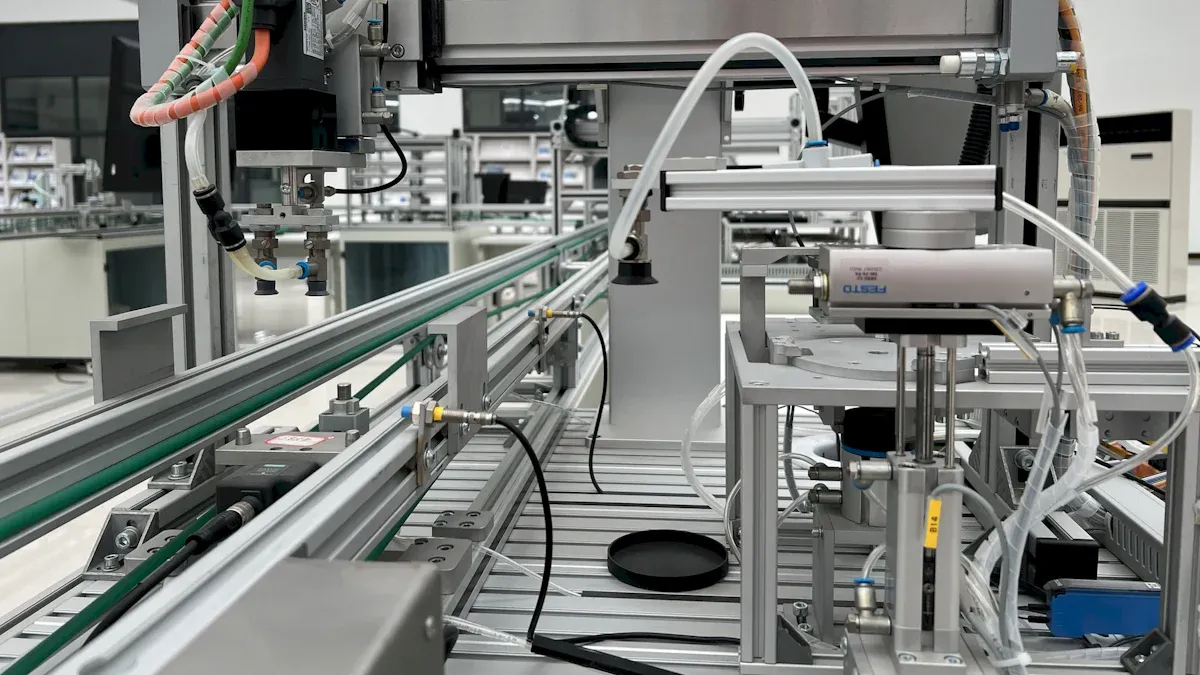
Advanced Deposition Techniques
Modern factories use advanced deposition techniques to improve the quality and performance of TAC COATING. Chemical Vapor Deposition (CVD) and Physical Vapor Deposition (PVD) stand out as the most common methods. These techniques allow engineers to create coatings with precise thickness and uniformity. Factories benefit from these methods because they can apply coatings to complex shapes and surfaces.
Note: Advanced deposition techniques help manufacturers achieve better adhesion and longer-lasting protection for their equipment.
Engineers often select the deposition method based on the application. For example, CVD works well for high-temperature environments, while PVD offers advantages in speed and energy efficiency. These methods help factories reduce waste and improve productivity.
Nanostructured and Hybrid TaC Coatings
Nanostructured TAC COATING uses very small particles to create a dense and strong layer. This structure increases hardness and resistance to wear. Factories use nanostructured coatings to protect tools and parts that face extreme stress.
Hybrid coatings combine TaC with other materials, such as silicon carbide or titanium nitride. This combination gives the coating extra properties, like improved toughness or better resistance to corrosion. The table below shows some benefits of nanostructured and hybrid coatings:
| Coating Type | Main Benefit | Common Use Case |
|---|---|---|
| Nanostructured TaC | High hardness | Cutting tools |
| Hybrid TaC-SiC | Corrosion resistance | Chemical processing |
| Hybrid TaC-TiN | Improved toughness | Aerospace components |
These innovations help factories extend the life of their equipment and reduce maintenance costs.
Integration of Transition Layers for Enhanced Performance
Factories often add transition layers between the base material and the TAC COATING. These layers help the coating stick better and reduce the risk of cracks or peeling. Transition layers can also help manage differences in thermal expansion between the coating and the base material.
Engineers design these layers to match the needs of each application. For example, a soft transition layer can absorb stress, while a hard layer can provide extra support. This approach leads to coatings that last longer and perform better in harsh conditions.
Tip: Using transition layers can make TAC COATING more reliable and cost-effective for modern factories.
Industrial and Market Forces Shaping TaC Coating Adoption
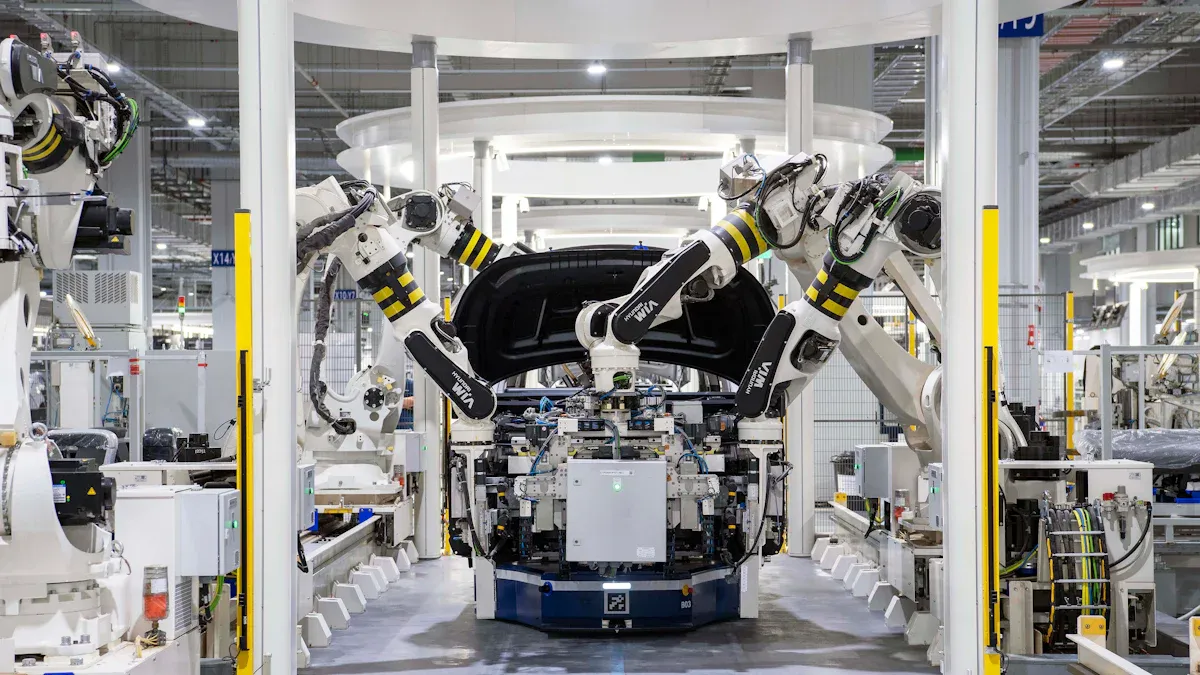
Aerospace and Defense Requirements
Aerospace and defense industries demand materials that can survive extreme conditions. Aircraft engines and spacecraft parts face high temperatures and strong forces. TAC COATING protects these components from wear and heat. Engineers choose this coating to extend the life of turbine blades and rocket nozzles. The coating also helps reduce maintenance needs, which saves time and money.
Note: Aerospace companies trust TAC COATING because it keeps critical parts safe during long missions.
Defense applications also benefit from this technology. Military vehicles and equipment often operate in harsh environments. The coating provides a barrier against corrosion and damage, which improves reliability in the field.
Semiconductor and Electronics Manufacturing Demands
The semiconductor industry requires clean and precise manufacturing processes. Tiny particles or defects can ruin microchips. TAC COATING creates a smooth and hard surface on tools and chambers. This surface prevents contamination and keeps production lines running smoothly.
Electronics factories use the coating to protect parts that handle chemicals or high temperatures. The coating resists wear and chemical attack, which helps maintain product quality. Companies in this sector rely on advanced coatings to meet strict standards for purity and performance.
Energy Sector and High-Temperature Applications
Power plants and energy companies use equipment that faces intense heat and pressure. TAC COATING shields parts like heat exchangers, valves, and reactors. The coating stands up to high temperatures and harsh chemicals. This protection helps prevent breakdowns and extends the life of expensive machinery.
Tip: Using advanced coatings in the energy sector can lower repair costs and reduce downtime.
Oil and gas operations also benefit from this technology. Drilling tools and pipelines coated with TAC COATING last longer and perform better in tough environments.
Expansion in Emerging Markets
Emerging markets are investing in new factories and advanced manufacturing. These regions want to compete globally, so they adopt the latest technologies. TAC COATING helps local companies improve product quality and reduce waste.
A table below shows how different industries in emerging markets use this coating:
| Industry | Main Benefit | Example Application |
|---|---|---|
| Automotive | Wear resistance | Engine parts |
| Electronics | Surface protection | Circuit board tools |
| Heavy Machinery | Corrosion prevention | Mining equipment |
Manufacturers in these markets see TAC COATING as a way to boost efficiency and meet international standards. As demand grows, more companies invest in coating technology to stay competitive.
Economic and Regulatory Influences on TaC Coating
Cost Efficiency and Return on Investment
Factories look for ways to save money and increase profits. They choose TAC COATING because it helps equipment last longer. This reduces the need for repairs and replacements. Companies see a strong return on investment when they use this coating. They spend less on maintenance and keep machines running longer. Many managers track these savings with simple charts or tables.
| Benefit | Impact on Factory |
|---|---|
| Fewer repairs needed | Lower maintenance cost |
| Longer equipment life | Higher productivity |
| Less downtime | More output |
Supply Chain Dynamics and Material Availability
Material supply affects how factories use coatings. Some raw materials for coatings can be hard to find. Prices may change quickly. Companies work with trusted suppliers to make sure they always have what they need. They also look for new sources to avoid shortages. Good planning helps factories keep production steady.
Tip: Building strong relationships with suppliers can help factories avoid delays and keep costs stable.
Environmental and Safety Compliance
Factories must follow strict rules for safety and the environment. Many countries set limits on emissions and hazardous materials. TAC COATING helps companies meet these rules. It often uses less harmful chemicals than older coatings. Workers stay safer, and factories avoid fines. Companies also show customers they care about the environment.
Overcoming Challenges in TaC Coating Implementation
Addressing Technical Barriers through R&D
Research and development teams work hard to solve technical problems in coating processes. They test new formulas and improve equipment. Many engineers focus on making coatings stick better to different surfaces. Some teams use special testing machines to check how coatings perform under stress. They also study how coatings react to heat and chemicals. These efforts help factories get better results and fewer failures.
Tip: Regular testing and feedback help engineers find the best solutions faster.
Industry Collaboration and Strategic Partnerships
Companies often join forces to share knowledge and resources. They form partnerships with universities, research labs, and other manufacturers. These groups work together on new projects and share the costs of research. By working as a team, they can solve problems that one company alone cannot handle. Many industries also join trade groups to set standards and share best practices.
- Shared research speeds up innovation.
- Partnerships lower the cost of new technology.
- Industry groups help everyone follow the same rules.
Exploring Alternative Materials and Sustainable Solutions
Many factories look for new materials that are safer and better for the environment. Some teams test coatings made from recycled or less toxic substances. They also try to use less energy during production. These changes help companies meet safety rules and protect workers. Sustainable solutions often lead to lower costs and less waste.
Note: Choosing greener materials can improve a company’s reputation and help the planet.
Manufacturers drive progress in advanced manufacturing by adopting new coating technologies. They achieve greater durability, efficiency, and sustainability.
- Industry leaders invest in research and partnerships.
- Regulatory standards encourage safer, more reliable solutions.
Continued innovation will expand the impact of TAC COATING across many sectors.
FAQ
What makes TaC coating different from other industrial coatings?
TaC coating offers higher hardness and better resistance to heat than many traditional coatings. Factories use it to protect equipment in extreme environments.
How do factories apply TaC coating to complex parts?
Engineers use advanced deposition methods like CVD or PVD. These techniques allow even coverage on parts with unusual shapes or detailed surfaces.
Is TaC coating environmentally friendly?
Many factories choose TaC coating because it uses fewer hazardous chemicals. This choice helps companies meet environmental standards and improve workplace safety.
Tip: Always check local regulations for coating processes.

